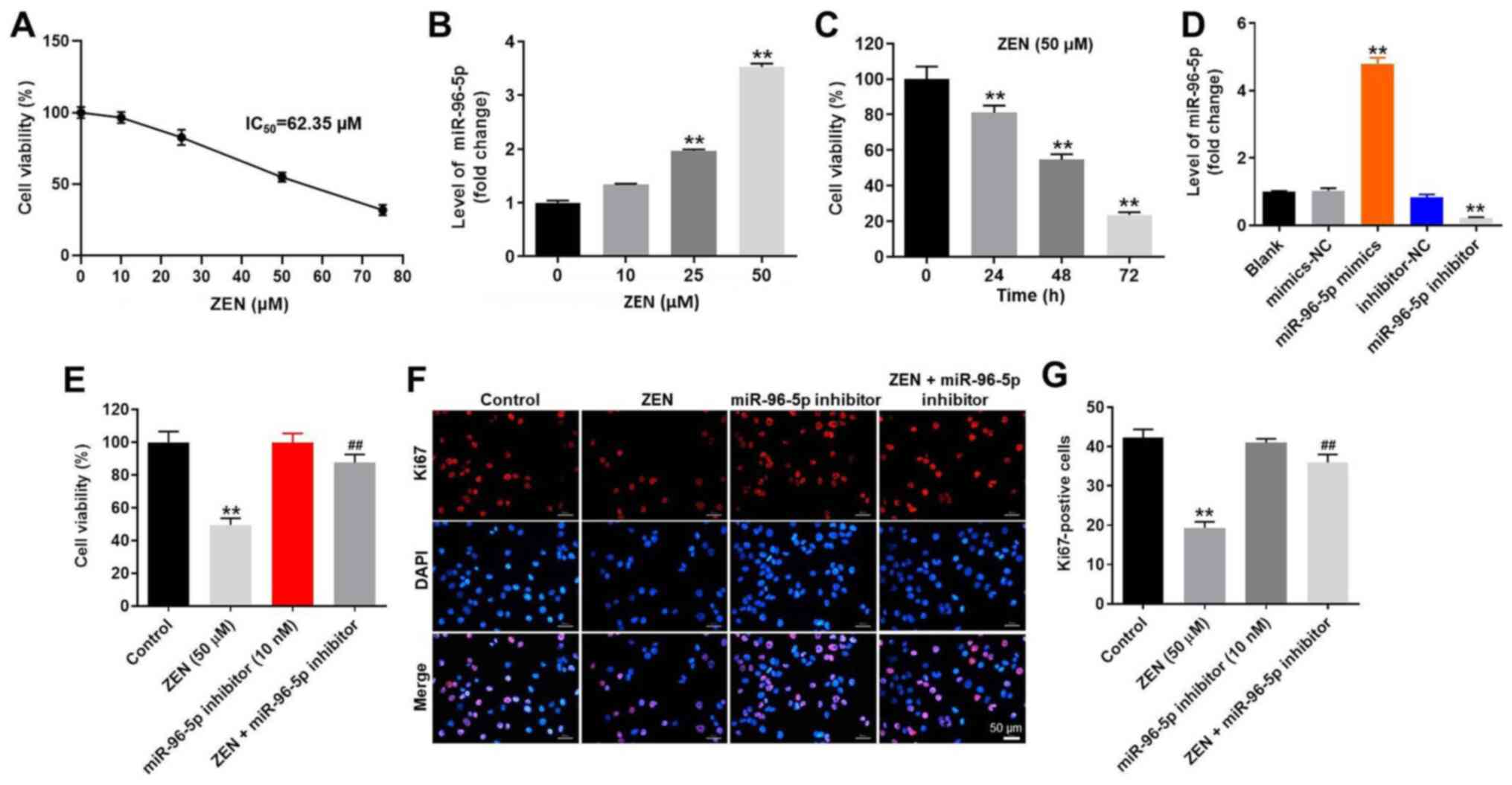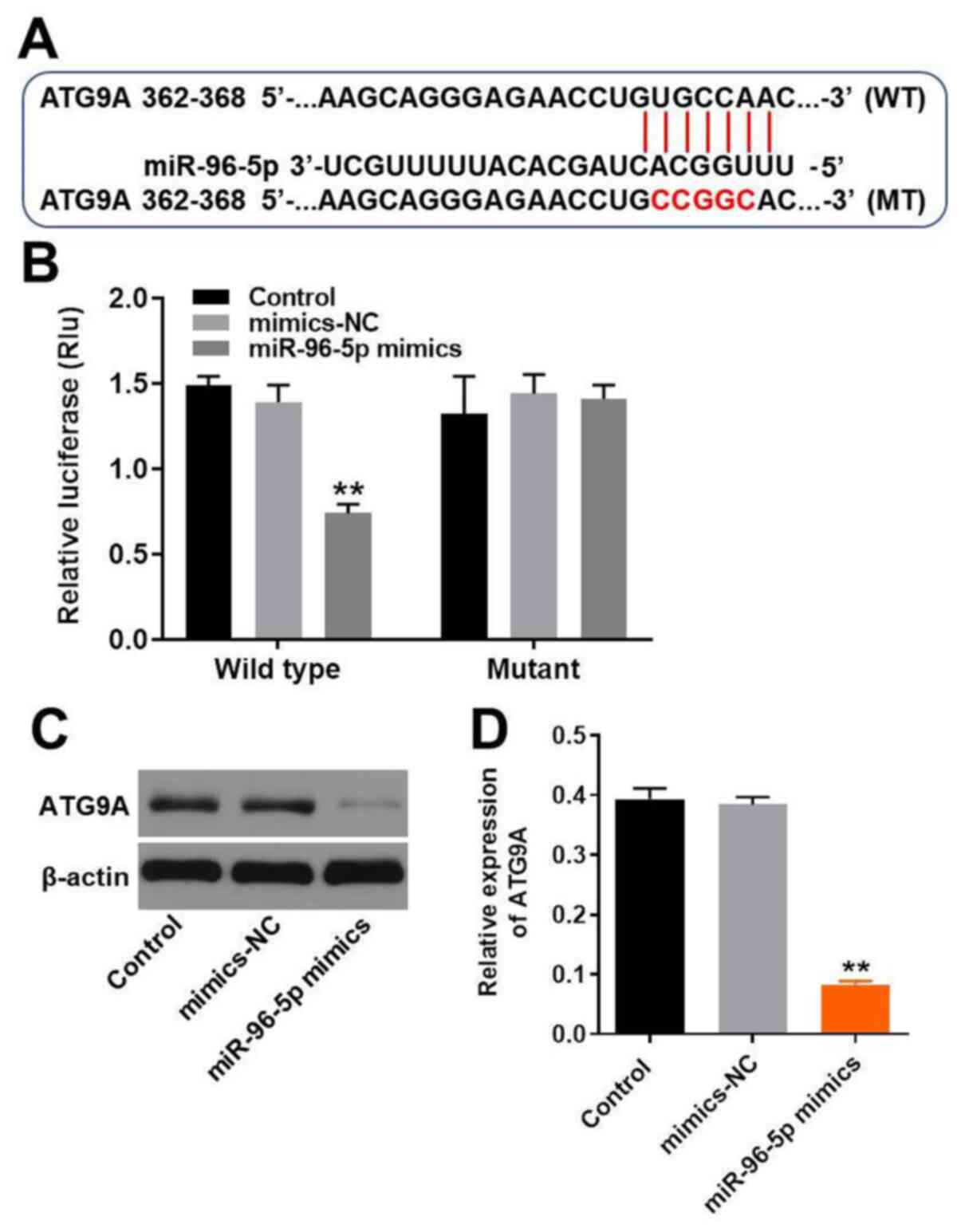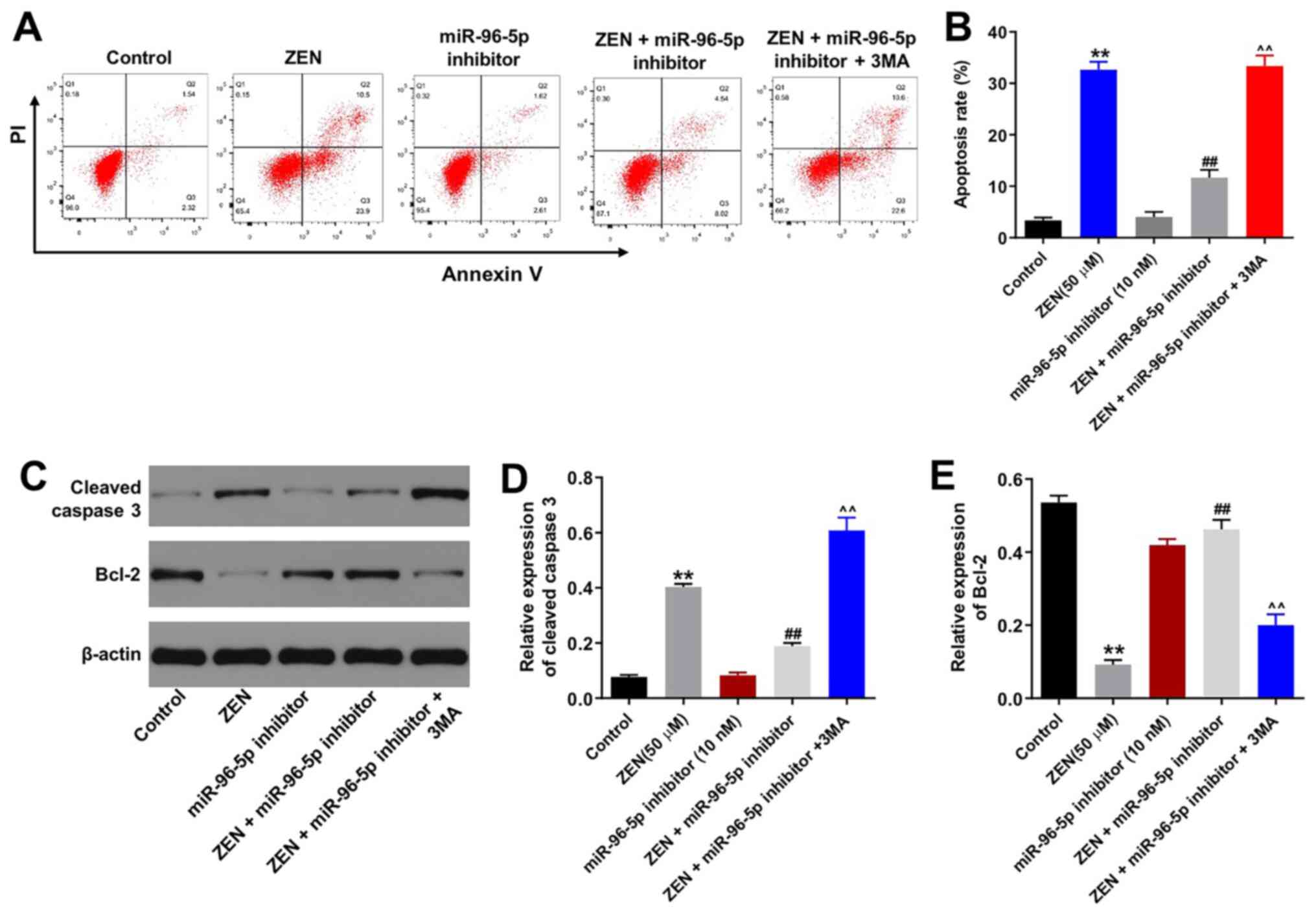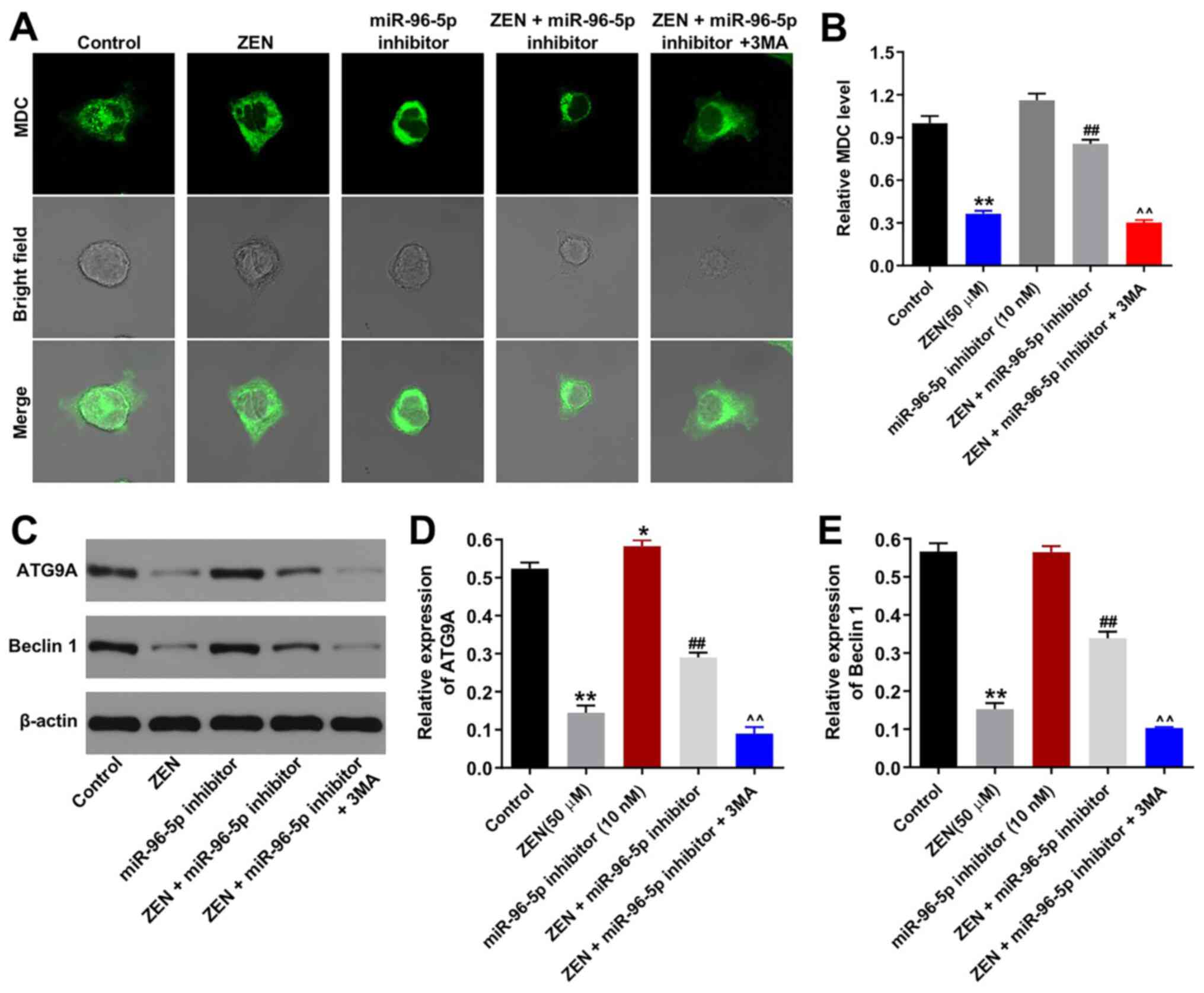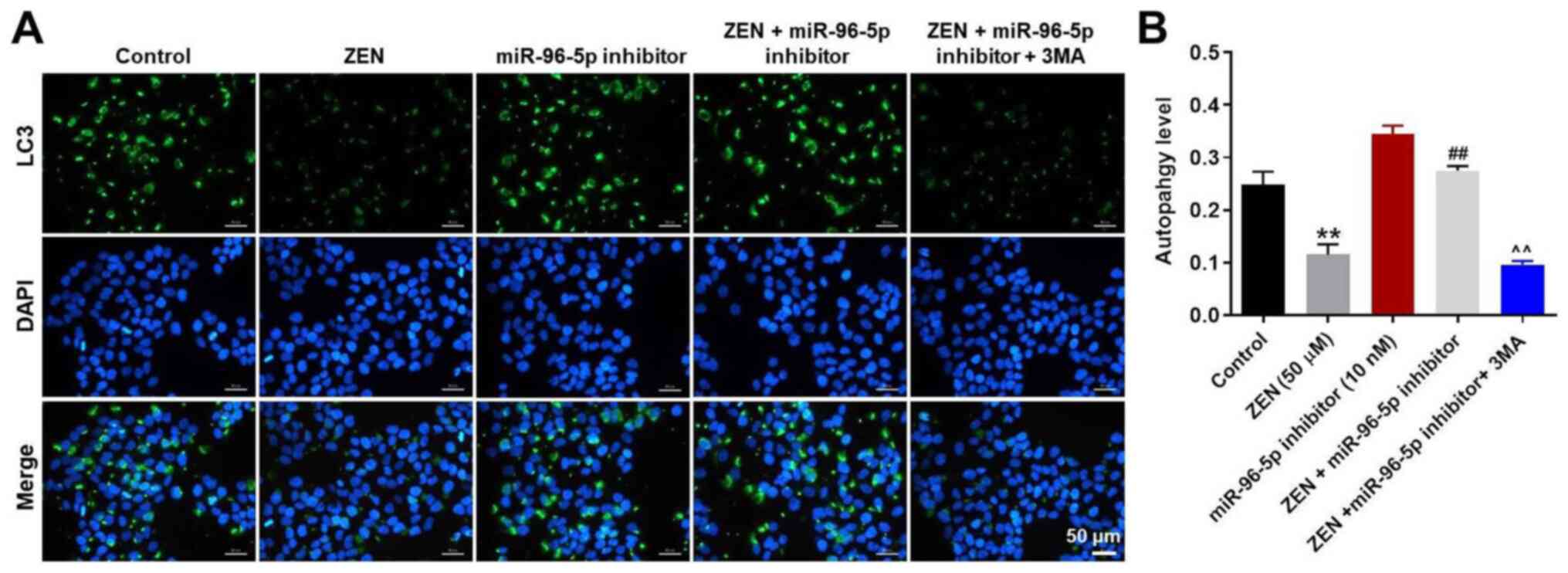|
1
|
Zegers-Hochschild F, Adamson GD, de Mouzon
J, Ishihara O, Mansour R, Nygren K, Sullivan E and van der Poel S:
International Committee for Monitoring Assisted Reproductive
Technology; World Health Organization. The International Committee
For Monitoring Assisted Reproductive Technology (ICMART) and the
World Health Organization (WHO) revised glossary on ART
terminology, 2009. Hum Reprod. 24:2683–2687. 2009.PubMed/NCBI View Article : Google Scholar
|
|
2
|
Okutman O, Rhouma MB, Benkhalifa M, Muller
J and Viville S: Genetic evaluation of patients with non-syndromic
male infertility. J Assist Reprod Genet. 35:1939–1951.
2018.PubMed/NCBI View Article : Google Scholar
|
|
3
|
Stojanov M, Baud D, Greub G and Vulliemoz
N: Male infertility: The intracellular bacterial hypothesis. New
Microbes New Infect. 26:37–41. 2018.PubMed/NCBI View Article : Google Scholar
|
|
4
|
Winters SJ, Moore JP Jr and Clark BJ:
Leydig cell insufficiency in hypospermatogenesis: A paracrine
effect of activin-inhibin signaling? Andrology. 6:262–271.
2018.PubMed/NCBI View Article : Google Scholar
|
|
5
|
Eze UA, Huntriss J, Routledge MN and Gong
YY: Toxicological effects of regulated mycotoxins and persistent
organochloride pesticides: In vitro cytotoxic assessment of single
and defined mixtures on MA-10 murine Leydig cell line. Toxicol In
vitro. 48:93–103. 2018.PubMed/NCBI View Article : Google Scholar
|
|
6
|
Boeira SP, Filho CB, Del'Fabbro L, Royes
LF, Jessé CR, Oliveira MS and Furian AF: Possible role for
glutathione-S-transferase in the oligozoospermia elicited by acute
zearalenone administration in Swiss albino mice. Toxicon.
60:358–366. 2012.PubMed/NCBI View Article : Google Scholar
|
|
7
|
Zhou M, Yang L, Shao M, Wang Y, Yang W,
Huang L, Zhou X, Jiang S and Yang Z: Effects of zearalenone
exposure on the TGF-β1/Smad3 signaling pathway and the expression
of proliferation or apoptosis related genes of post-weaning gilts.
Toxins (Basel). 10(49)2018.PubMed/NCBI View Article : Google Scholar
|
|
8
|
Gao H, Wen H, Cao C, Dong D, Yang C, Xie
S, Zhang J, Huang X, Huang X, Yuan S and Dong W: Overexpression of
MicroRNA-10a in germ cells causes male infertility by targeting
Rad51 in mouse and human. Front Physiol. 10(765)2019.PubMed/NCBI View Article : Google Scholar
|
|
9
|
Zhang Y, Wang Z and Gemeinhart RA:
Progress in microRNA delivery. J Control Release. 172:962–974.
2013.PubMed/NCBI View Article : Google Scholar
|
|
10
|
Wang M, Wu W, Li L, He J, Huang S, Chen S,
Chen J, Long M, Yang S and Li P: Analysis of the miRNA expression
profiles in the zearalenone-exposed TM3 leydig cell line. Int J Mol
Sci. 20(635)2019.PubMed/NCBI View Article : Google Scholar
|
|
11
|
Yu K, Li N, Cheng Q, Zheng J, Zhu M, Bao
S, Chen M and Shi G: miR-96-5p prevents hepatic stellate cell
activation by inhibiting autophagy via ATG7. J Mol Med (Berl).
96:65–74. 2018.PubMed/NCBI View Article : Google Scholar
|
|
12
|
Livak KJ and Schmittgen TD: Analysis of
relative gene expression data using real-time quantitative PCR and
the 2(-Delta Delta C(T)) method. Methods. 25:402–408.
2001.PubMed/NCBI View Article : Google Scholar
|
|
13
|
Mao Z, Yao M, Li Y, Fu Z, Li S, Zhang L,
Zhou Z, Tang Q, Han X and Xia Y: miR-96-5p and miR-101-3p as
potential intervention targets to rescue TiO2 NP-induced
autophagy and migration impairment of human trophoblastic cells.
Biomater Sci. 6:3273–3283. 2018.PubMed/NCBI View Article : Google Scholar
|
|
14
|
Shi Y, Zhao Y, Shao N, Ye R, Lin Y, Zhang
N, Li W, Zhang Y and Wang S: Overexpression of microRNA-96-5p
inhibits autophagy and apoptosis and enhances the proliferation,
migration and invasiveness of human breast cancer cells. Oncol
Lett. 13:4402–4412. 2017.PubMed/NCBI View Article : Google Scholar
|
|
15
|
Judith D and Tooze SA: ATG9A supplies
PtdIns4P to the autophagosome initiation site. Autophagy.
15:1660–1661. 2019.PubMed/NCBI View Article : Google Scholar
|
|
16
|
Nishikawa M, Miyake H, Liu B and Fujisawa
M: Expression pattern of autophagy-related markers in
non-metastatic clear cell renal cell carcinoma: Association with
disease recurrence following radical nephrectomy. J Cancer Res Clin
Oncol. 141:1585–1591. 2015.PubMed/NCBI View Article : Google Scholar
|
|
17
|
Dabaja AA and Schlegel PN: Medical
treatment of male infertility. Transl Androl Urol. 3:9–16.
2014.PubMed/NCBI View Article : Google Scholar
|
|
18
|
Ma Y, Yang HZ, Dong BJ, Zou HB, Zhou Y,
Kong XM and Huang YR: Biphasic regulation of autophagy by miR-96 in
prostate cancer cells under hypoxia. Oncotarget. 5:9169–9182.
2014.PubMed/NCBI View Article : Google Scholar
|
|
19
|
Kong Y, Huang T, Zhang H, Zhang Q, Ren J,
Guo X, Fan H and Liu L: The lncRNA NEAT1/miR-29b/Atg9a axis
regulates IGFBPrP1-induced autophagy and activation of mouse
hepatic stellate cells. Life Sci. 237(116902)2019.PubMed/NCBI View Article : Google Scholar
|
|
20
|
Kasprowska-Liśkiewicz D: The cell on the
edge of life and death: Crosstalk between autophagy and apoptosis.
Postepy Hig Med Dosw (Online). 71:825–841. 2017.PubMed/NCBI View Article : Google Scholar
|















